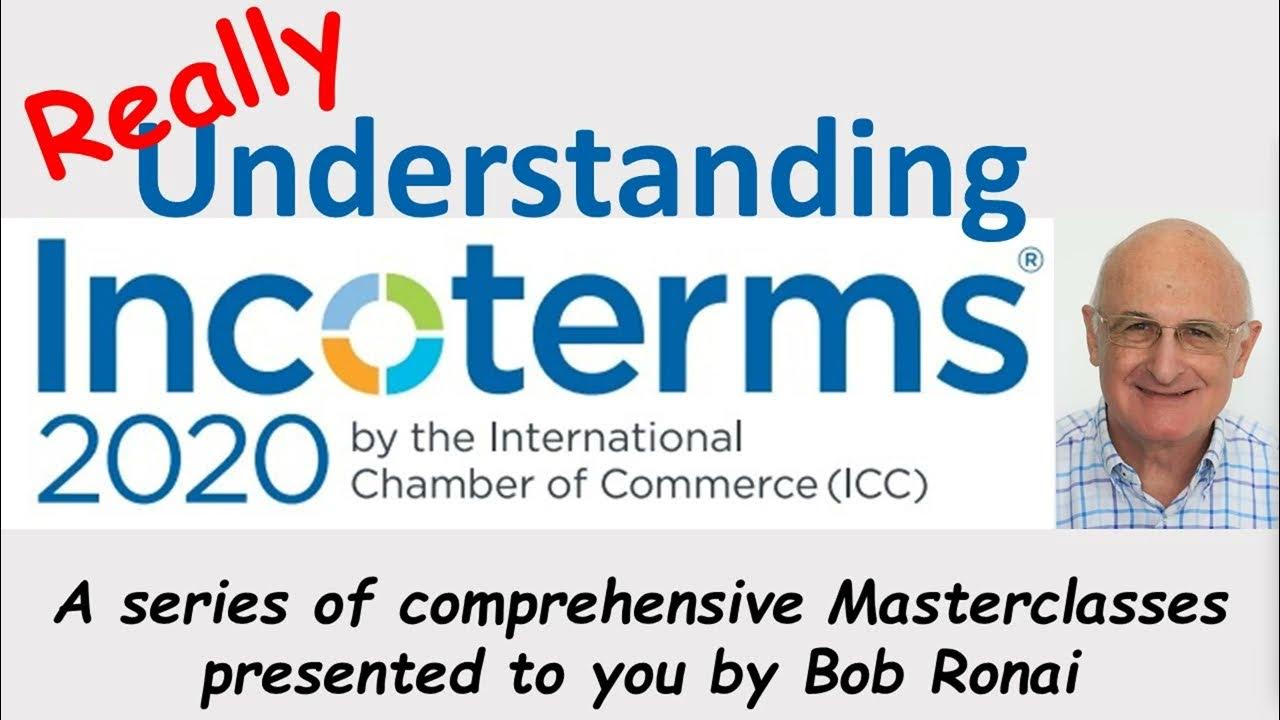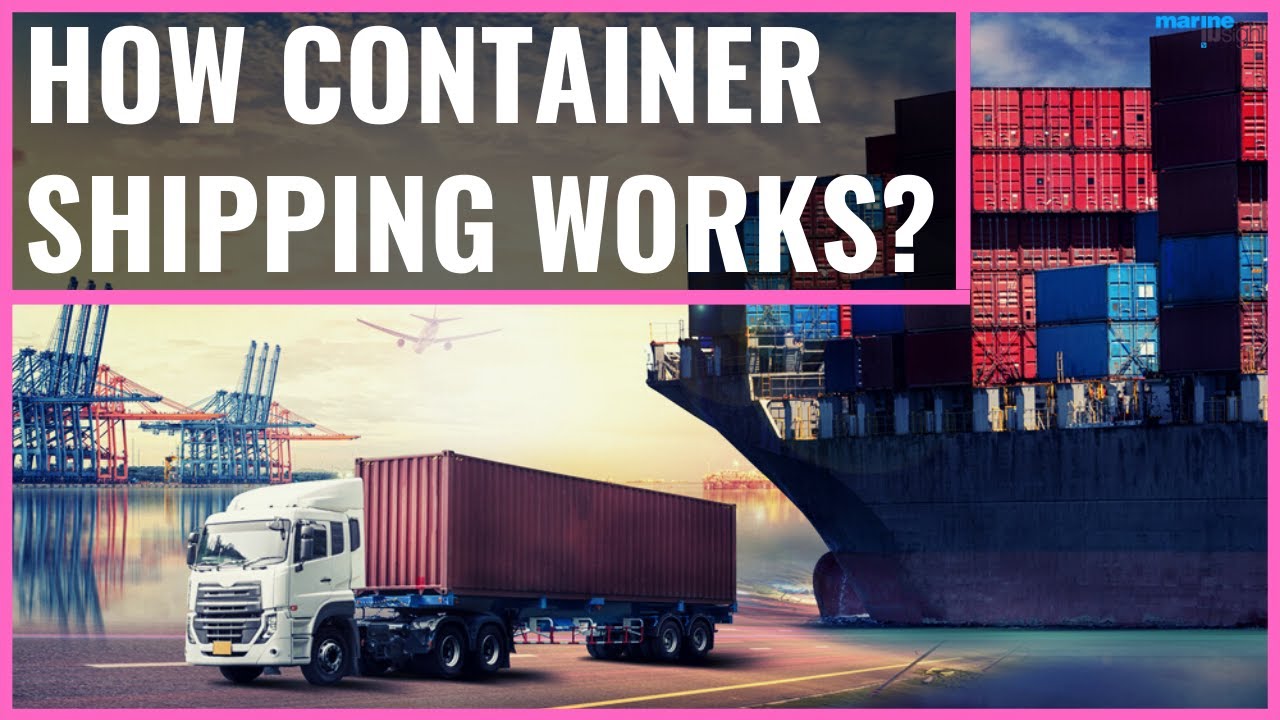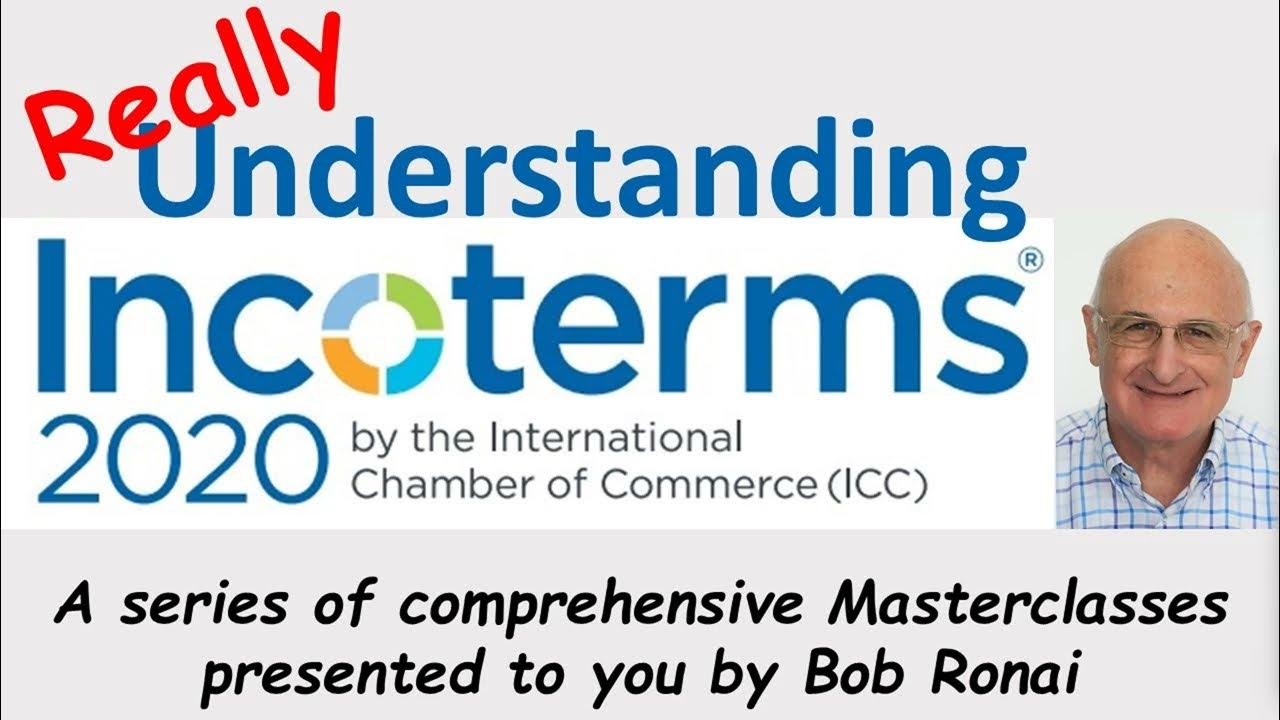Sistem Logistik Pelabuhan - Minggu 11b - Operasi peti kemas
Summary
TLDRThis video provides a comprehensive overview of container operations in port logistics, focusing on processes like Full Container Load (FCL) and Less than Container Load (LCL). It explains the key roles of terminal operators, shippers, consignees, and carriers in managing container movement. The video delves into the terminology of container yards, inland depots, and cargo stations, and outlines the handling and repositioning of containers. It also highlights the cost structure, including Terminal Handling Charges (THC), demurrage, and repositioning fees, offering valuable insights into the complexities of global shipping logistics.
Takeaways
- 😀 The script discusses the process of container operations at a port, with a focus on container types like FCL (Full Container Load) and LCL (Less Than Container Load).
- 😀 Tanjung Priok Port in Indonesia is used as an example to explain how containers are handled from shipment to unloading at the terminal.
- 😀 The terminal operations involve companies known as 'stevedores' who are responsible for unloading and stacking containers on the dock.
- 😀 The movement of containers from the port to a warehouse or container depot is referred to as 'repositioning,' which is necessary for both full and empty containers.
- 😀 An inland container depot (ICD) is a location outside the port under customs supervision where FCL containers are stored, cleared, and prepared for transport.
- 😀 The process of 'striping' is necessary for LCL shipments, where multiple goods are stored in a single container, and items must be separated before delivery.
- 😀 Containers can be rented for one-time, two-time, or long-term trips, depending on the agreement between the shipper and the container owner.
- 😀 The journey of a container can involve different processes, such as transporting from one port to another or across multiple locations, depending on whether the shipment is FCL or LCL.
- 😀 Container handling charges (THC) and various transportation costs, such as inland transportation and terminal handling, are essential components of the shipping process.
- 😀 The script highlights the importance of timing in container usage, with penalties for exceeding free time for container storage or return (demurrage).
Q & A
What is the difference between FCL (Full Container Load) and LCL (Less-than-Container Load)?
-FCL refers to a container that is filled with goods from a single shipper, typically shipped directly from origin to destination. LCL, on the other hand, is a shipment where goods from multiple shippers are consolidated into one container, requiring additional handling like stripping and restacking before delivery.
What is the role of stevedores in container operations?
-Stevedores are companies responsible for the loading and unloading of containers at the dock or terminal. They handle the physical process of moving containers between ships and storage areas.
What does the term 'repositioning' mean in container logistics?
-Repositioning refers to moving empty containers from one location (such as a terminal or depot) to another location where they are needed for new shipments, ensuring containers are available where demand is high.
What are Terminal Handling Charges (THC), and what do they cover?
-Terminal Handling Charges (THC) are fees paid for the handling of containers within the terminal. They cover activities such as unloading containers from ships, marshalling, stacking, and moving containers within the terminal.
How are freight charges calculated for FCL shipments?
-For FCL shipments, freight charges are usually calculated based on the weight and volume of the container. The rate is set according to the full capacity of the container, with no need to consider the value of the goods inside.
What is 'demurrage,' and how does it affect container shipments?
-Demurrage is a fee charged when containers are held beyond the allowed free time at a terminal or depot. This charge incentivizes timely container pickup and prevents congestion in port facilities.
What is the function of a container yard in a port?
-A container yard is a designated area in a port where containers are stored temporarily before being loaded onto a ship or after being unloaded. It is used for organizing and preparing containers for further handling or transport.
What does the process of 'staffing' involve in container operations?
-Staffing refers to the process of filling an empty container with goods. This involves loading the goods into the container and preparing it for shipping.
What is the significance of an Inland Container Depot (ICD)?
-An Inland Container Depot (ICD) is a facility located inland, away from port areas, where containers are stored, cleared, and processed under customs supervision. ICDs are used for handling both full and empty containers that are not directly processed at the port.
What is the impact of the 'free time' policy in container storage?
-Free time refers to the period during which containers can be stored at a terminal or depot without incurring additional charges. Once this period expires, demurrage charges apply, encouraging prompt container pickup or return.
Outlines

此内容仅限付费用户访问。 请升级后访问。
立即升级Mindmap

此内容仅限付费用户访问。 请升级后访问。
立即升级Keywords

此内容仅限付费用户访问。 请升级后访问。
立即升级Highlights

此内容仅限付费用户访问。 请升级后访问。
立即升级Transcripts

此内容仅限付费用户访问。 请升级后访问。
立即升级5.0 / 5 (0 votes)






